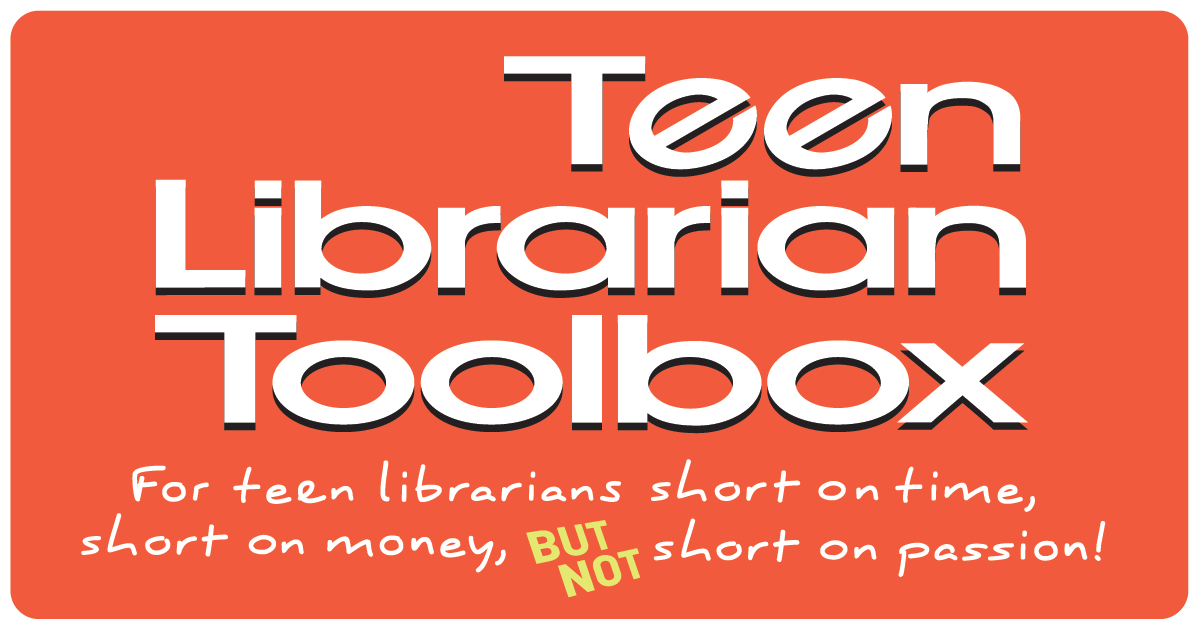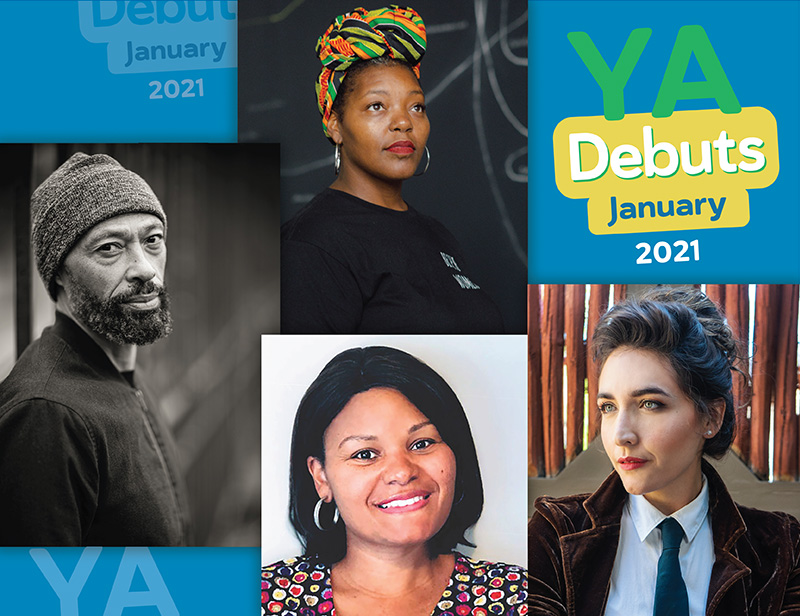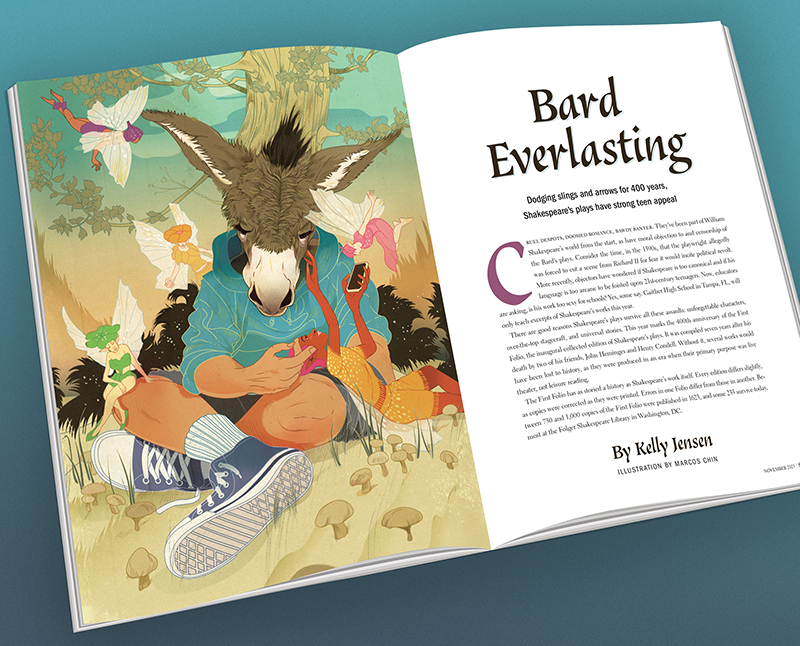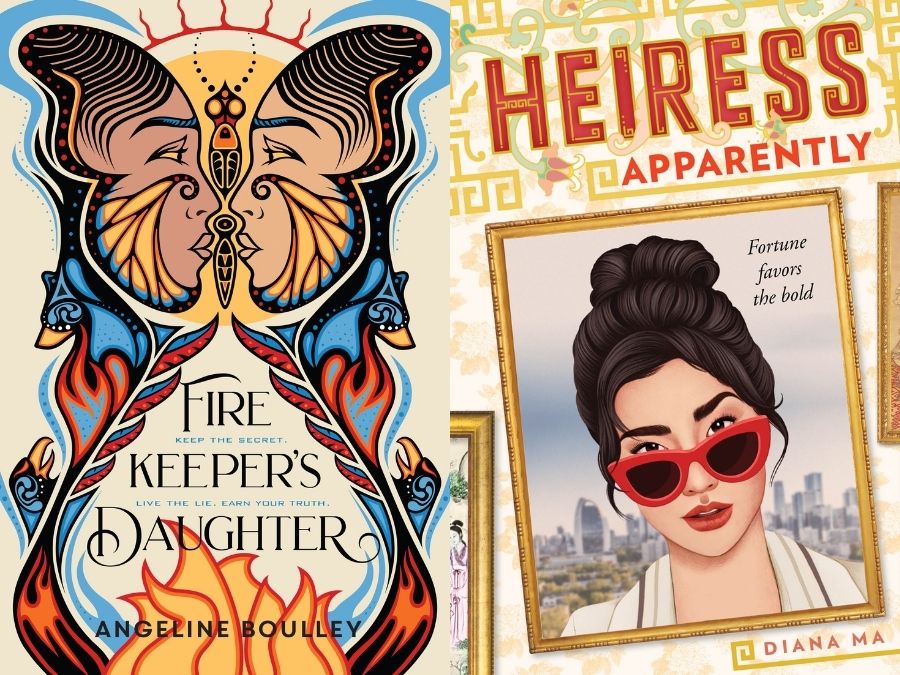Who’s telling the story? : Solving the Mystery of Character and Point of View, a guest post by author A. L. Tait

When I started writing The Fire Star, the first book in the Maven & Reeve Mystery series, I thought I had a pretty good handle on the whole novel-writing caper. After all, The Fire Star was my seventh middle-grade novel, and my eleventh published book! Surely I knew what I was doing …
I already knew Reeve. He’d swaggered into my head, all charming smile and social savvy, a knight in the making in every way (bar one small problem… but, hey, nobody’s perfect). I knew I was writing an exciting ‘almost history’ mystery story because I’d always wanted to write an exciting ‘almost history’ mystery story. I knew Reeve was my main character – his charisma announced it.
ADVERTISEMENT
ADVERTISEMENT
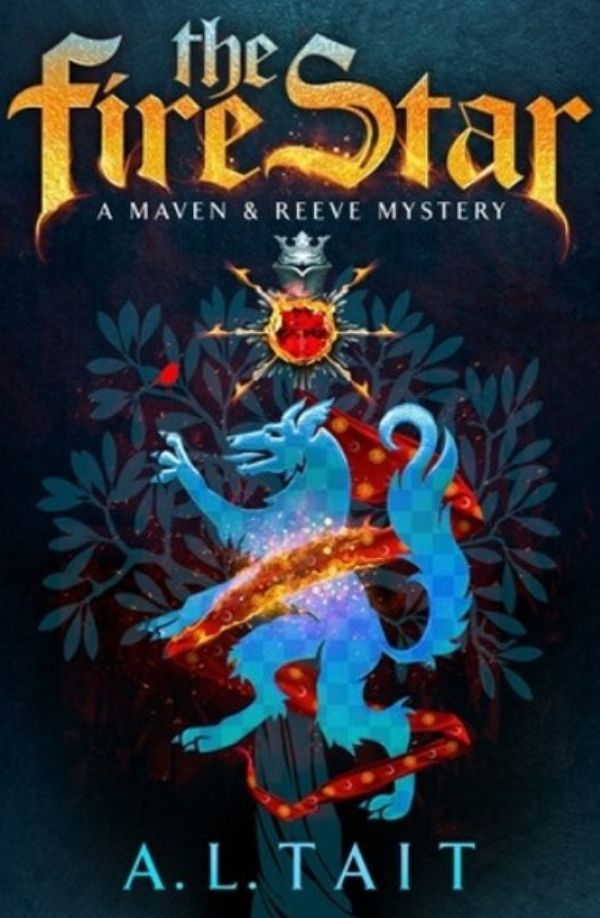
I also knew the point of view would be third person limited (past tense) because, well, that’s where I was comfortable. Both of my other middle-grade series – The Mapmaker Chronicles and The Ateban Cipher – had been told in this POV. And, of course, the story would be told from Reeve’s perspective.
I was good to go.
Except I wasn’t.
Because as soon as Reeve wandered down the stair to the kitchen at Rennart Castle and met Maven, I knew that there was a new contender for main protagonist.
Choosing the point of view
And so the wrestle between them began, as I rewrote the first 15,000 words of the story over and over.
First, Reeve’s POV, third person limited.
Then, all Maven, first person present.
Then, both characters third person limited.
Then, both characters first person present.
The trouble was that the Kingdom of Cartreff demanded very specific roles from Maven and Reeve. Maven inhabits a closed world, where her options are limited and her behaviour prescribed. I couldn’t tell the whole story from her point of view simply because there were so many places she couldn’t be present.
Reeve, on the other hand, has a much wider scope and a broader playing field. So far, so good. But it took only that first conversation between the two of them for me to realise that, clever as he is, he’s not the brains of the partnership.
So, after much to-ing and fro-ing, I realised that what this unusual mystery series required was an unusual dual narrative, with Maven’s sections in first person present tense – an intimate point of view reflecting the closed nature of her world– and Reeve’s in third person limited past – a broader point of view that takes him, and the reader, into the larger world of Cartreff.
The story opens and closes with Maven, but Reeve gets equal airtime, and readers quickly absorb the voice of each character.
Why does point of view matter?
When I visit schools, I talk a lot about planning. Getting to know your characters and diving into their voices before you start writing.
Then, as a cautionary exercise, I explain just how long it took me to rework those 15,000 words over and over. Because it’s not just a matter of changing a few pronouns (from ‘I’ to ‘she/he/they’ for example) and turning ‘walks’ into ‘walked’ throughout.
Choosing the point of view impacts on everything, from where a character stands in a room to which metaphors you use.
Maven, for instance, is reserved by nature, an observer, so you will always find her at the back of the room, taking in everything. Her voice is thoughtful and sarcastic and when she describes things, she draws on her upbringing as a Lady and what she’s learned through (illegal) reading or observation.
Reeve, on the other hand, is more social, and his job as squire puts him at the head table, up the front, in the action. He’s sure of his place in the world and his voice is confident, drawing on hands-on knowledge.
No matter what happens in that room, Maven and Reeve would see different things – and use different words to describe them.
So I do advise nailing down your point of view from the start – unless you really like editing (says she, who does not love editing but has learned to respect its power).
Tips for nailing the point of view for your story
Get to know your character
Your character is the key to getting the point of view right. Everything about them impacts on how they see the world and how the world sees them. Everything about that impacts on the way you write the story.
Are they shy or confident? Tall or short? Brave or reluctantly involved in whatever the adventure might be? What’s their background and how does it impact on them today?
Once you’ve figured out who they are, right down to what they eat for breakfast, you’re ready to look at the biggest question you need to be able to answer.
What does your character want?
To write a successful story, you need to know what your character wants. What drives them forward? What will make them keep going when all seems lost? What is their biggest dream?
Reeve is desperate to be a knight. Maven wants to get out of Cartreff to a place where she’s free to live her life the way she wants.
What does your character want?
Choose the right point of view for your character

Point of view is simply the narration style or the frame in which your story is written. It gives your story a particular voice. Many young writers start out writing in first person past tense, almost like a diary entry – “I arrived at the castle” – but it has limitations. Below, I’ve put together a little pros and cons guide to different points of view.
First person
(past: “I arrived at the castle.” present: “I arrive at the castle.”)
Pros
First person is an immediate and intimate POV. I chose it for Maven because the reader sees what she sees, feels what she feels, and knows what she knows at the moment she knows it. It allows readers to engage quickly with characters
Cons
First person is also very limited. Maven can only know what she reads or sees or hears firsthand, and so the reader can only know that too. She has to have direct contact with information to be able to share it with the reader. If you have a situation, for instance, where your character is locked in a dark room, he/she/they have no way of knowing what’s going on outside that room, which can tie a writer up in knots!
2nd person
(past’ “You arrived at the castle.” Present: “You arrive at the castle.”)
Pros
This remains an unusual point of view and has the advantage of putting the reader in the story. As the writer, you’re effectively telling the reader that this is their story – they become the protagonist.
Cons
See above. This is a very difficult point of view to do well because you have to be able to create a character the reader can imagine being. It’s also hard to maintain over a longer story. It’s best left to experienced (and brave) writers.
Third person
(past: “They arrived at the castle.” Present: “They arrive at the castle.”)
Note: third person POV can be omniscient (the narrator is not a character in the story but an all-seeing overview) or it can be limited (the point of view is limited to the experiences of one character)
Pros
Reeve’s sections of the Maven & Reeve Mysteries are written in third person limited. The perspective on the world is broader, but the reader still has a window on Reeve’s thoughts and feelings. Reeve doesn’t have knowledge of everything going on in his world, but the broader POV allows me more creative scope.
Cons
Third person is not as personal as first person – there’s a distance involved (but that’s one of the reasons I chose it for Reeve) – and the voice of your character can be more difficult to establish.
ADVERTISEMENT
ADVERTISEMENT
As I’ve outlined, the right point of view for your story might take a bit of, er, wrestling to nail down, but by thinking about it as you develop your characters, the natural voice of your protagonist will present itself.
Then it’s a matter of following your character into the story and writing down what happens next.
Enjoy the ride!

Allison Tait (A. L. Tait) is the internationally published bestselling author of The Mapmaker Chronicles and The Ateban Cipher series. The Maven & Reeve Mysteries are her latest releases: The Fire Star (book #1) and The Wolf’s Howl (book #2) are out now through Kane Miller Books. Find out more here.
Allison teaches creative writing for children at the Australian Writers’ Centre and co-hosts the popular Your Kid’s Next Read podcast, which is all about children’s/YA books, reading and writing. She lives on the south coast of NSW (Australia) with her family and a cheeky border collie known as Procrastipup.
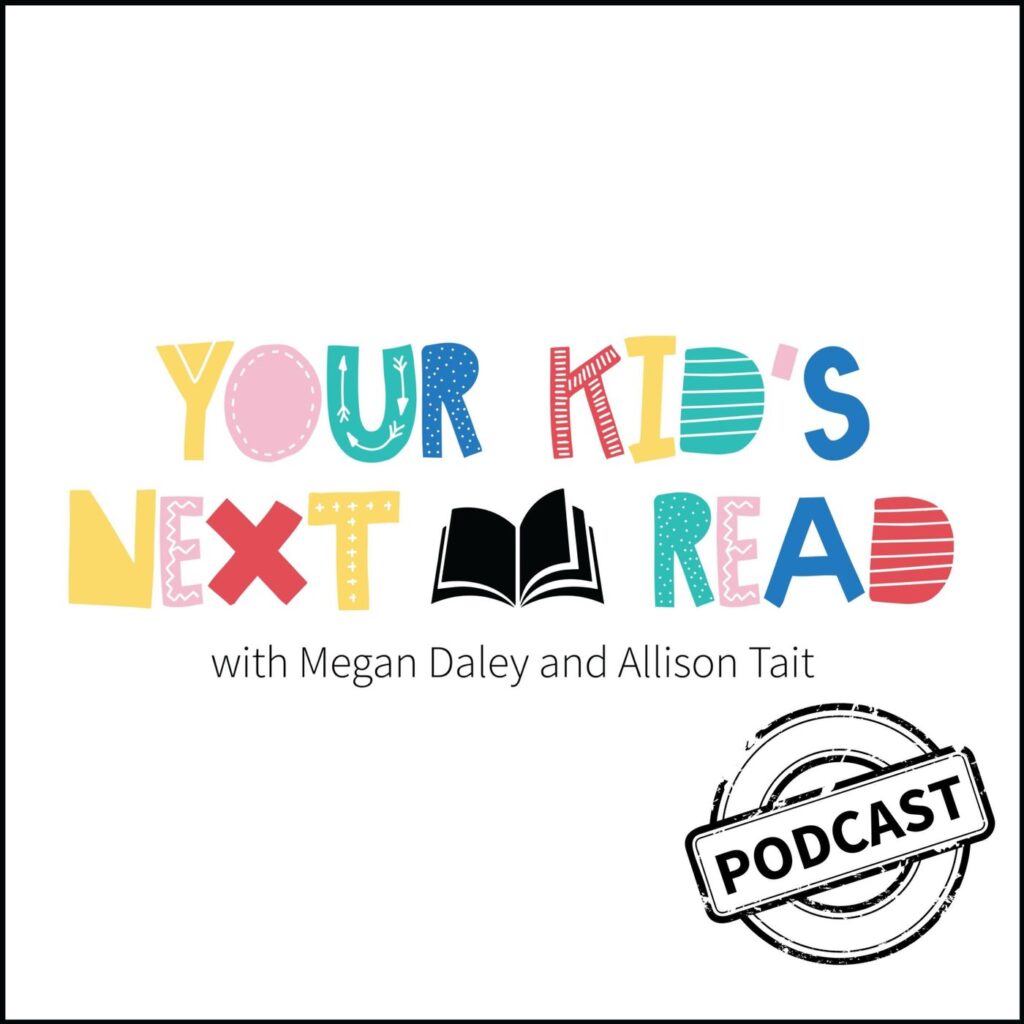
Find her at allisontait.com or at @allisontaitwriter (Instagram and Facebook) and @altait (Twitter).

A maid with a plan.
A squire with a secret.
A missing jewel.
A kingdom in turmoil.
Maven and Reeve have three days to solve the mystery of the Fire Star. If they don’t, they’ll lose everything.
This could be a complete disaster . . . or the beginning of a great friendship.
39 Clues meets Ranger’s Apprentice in bestselling fantasy author A. L. Tait’s new medieval adventure series about two unlikely friends – and a mystery to solve that could change their lives.
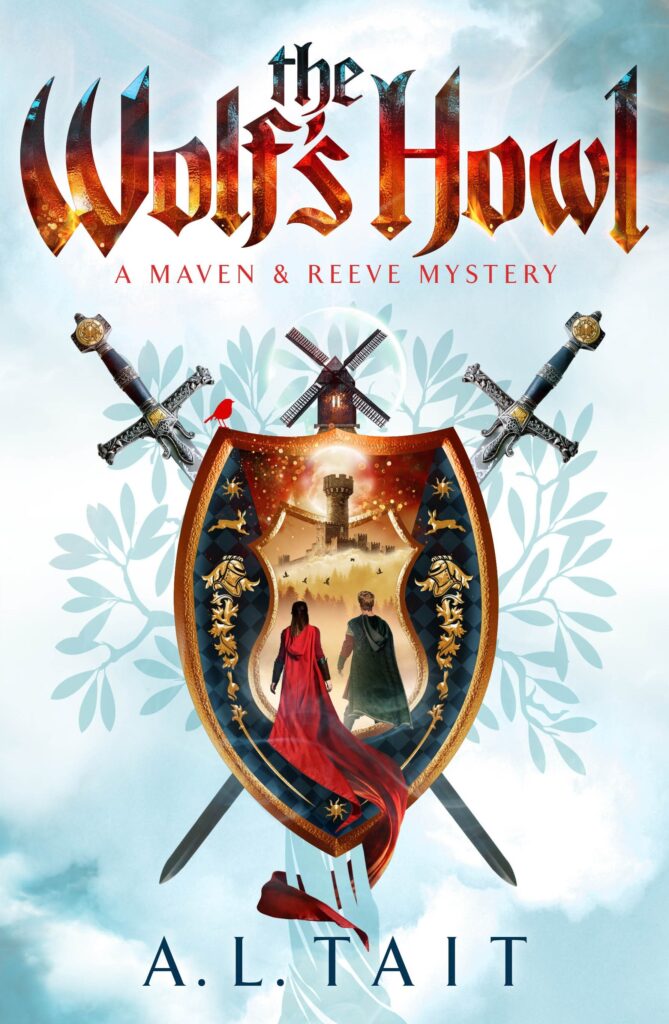
A secret mission.
A missing cook.
A hostile landscape.
A mystery to unravel.
Maven and Reeve find themselves at the far-flung and gloomy Glawn Castle while Sir Garrick secretly searches for supporters of the rebellion. But when a cook goes missing and the Airl’s personal guards take more than a passing interest in the disappearance, danger looms and the potential for discovery grows.
Can Maven and Reeve solve the mystery . . . or will they be unmasked and sentenced with treason?
The thrilling sequel to The Fire Star (A Maven & Reeve Mystery, #1).
Filed under: new books
About Karen Jensen, MLS
Karen Jensen has been a Teen Services Librarian for almost 30 years. She created TLT in 2011 and is the co-editor of The Whole Library Handbook: Teen Services with Heather Booth (ALA Editions, 2014).
ADVERTISEMENT
ADVERTISEMENT
SLJ Blog Network
2024 Books from Pura Belpré Winners
In Memorium: The Great Étienne Delessert Passes Away
Winnie-The-Pooh | Review
Parsing Religion in Public Schools
ADVERTISEMENT

